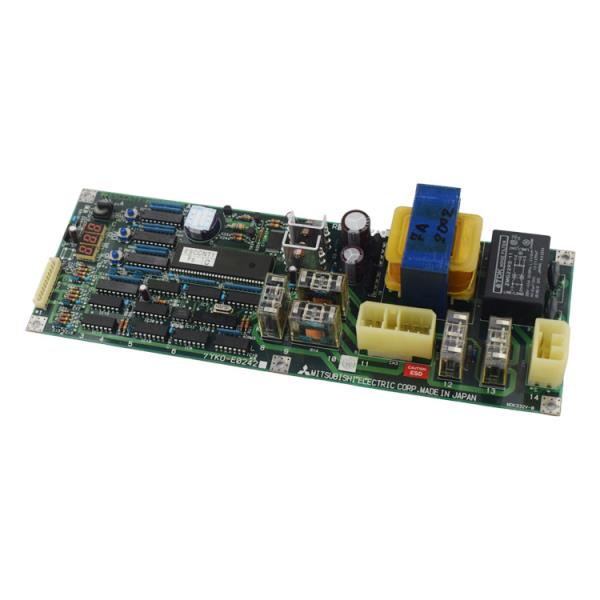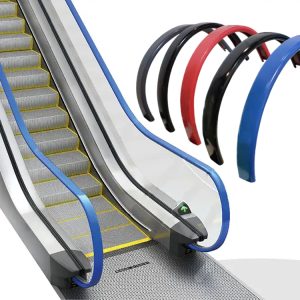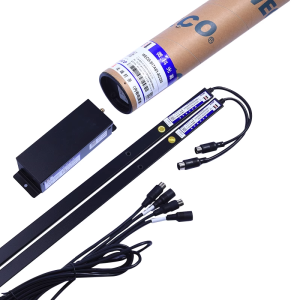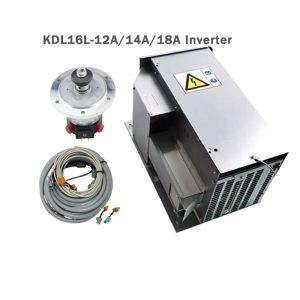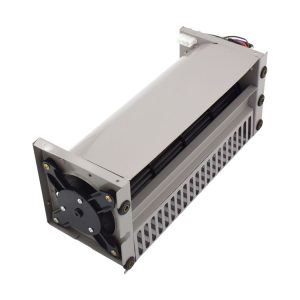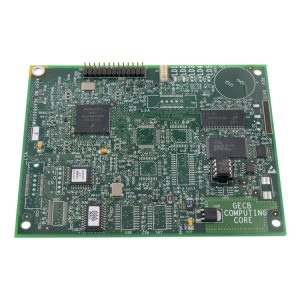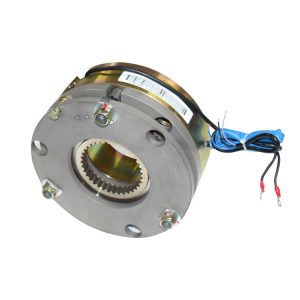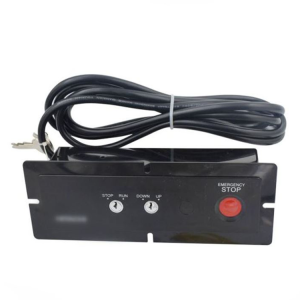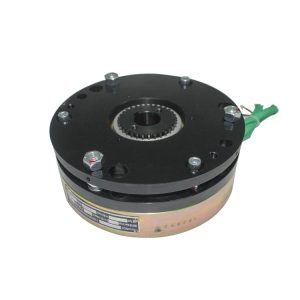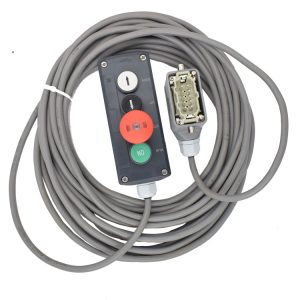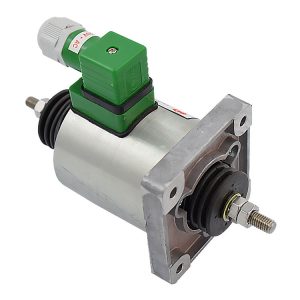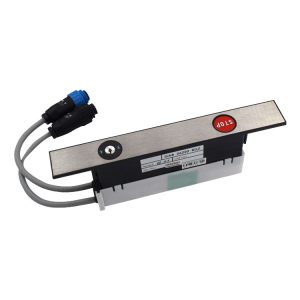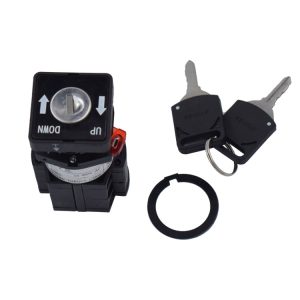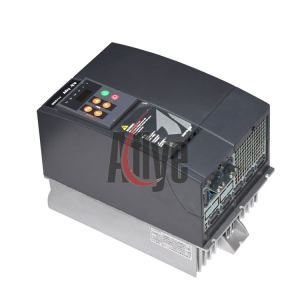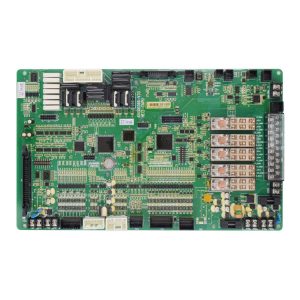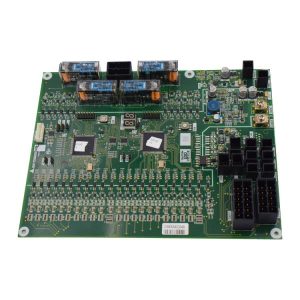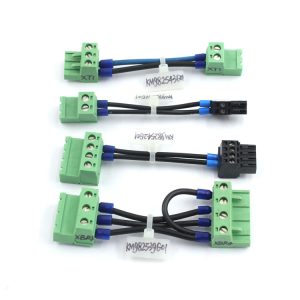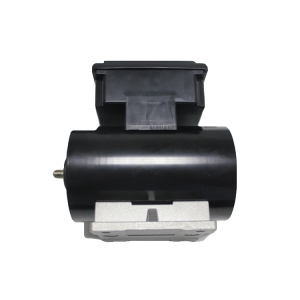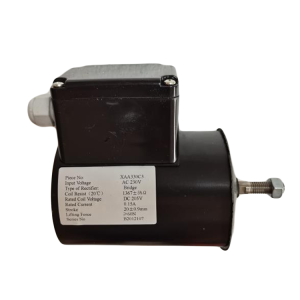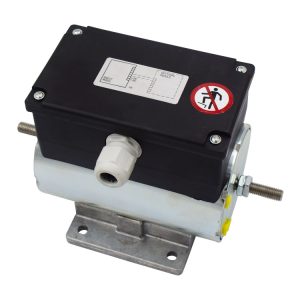Escalator PCB Main Board Motherboard YKO-E0242
Model No.:YKO-E0242
The escalator PCB (Printed Circuit Board) is a crucial component of the escalator’s electrical system, typically integrated into the main control board of the escalator. The PCB is responsible for controlling and coordinating various functions that allow the escalator to operate efficiently, safely, and smoothly. Here’s a more detailed look at the role and features of an escalator PCB:
Functions of an Escalator PCB:
- Control and Signal Processing:
- Power Distribution and Management:
- Safety and Fault Detection:
- Communication and Interface:
- Energy Management:
- Safety Features:
- Temperature and Environmental Monitoring:
Key Components on the PCB:
The components on an escalator PCB typically include:
- Microcontroller or Microprocessor: The brain of the PCB, responsible for executing the control logic, managing data, and communicating with other systems.
- Power Regulators: These manage voltage levels, ensuring all parts of the escalator receive the proper electrical power.
- Relays and Switches: For controlling higher power circuits, such as those connected to the motor or other heavy-load components.
- Capacitors and Resistors: For managing electrical signals and smoothing power delivery.
- Sensors Interface: The PCB connects to sensors that monitor the escalator’s position, speed, load, and safety features, providing real-time feedback to the control system.
- Display and LED Indicators: Often, PCBs are connected to LED indicators or small displays on the escalator to show status messages, warnings, or other diagnostics.
Types of PCBs in Escalators:
- Single-Sided PCBs: The simplest type, with components mounted on one side.
- Double-Sided PCBs: Components mounted on both sides for higher component density.
- Multilayer PCBs: More complex designs used in advanced control systems, where multiple layers are stacked to integrate more functionality and improve performance.
Maintenance and Troubleshooting:
Escalator PCBs are typically designed to be robust and reliable, but regular maintenance is necessary to ensure their continued operation:
- Visual Inspection: Checking for signs of wear, burnt components, or faulty connections.
- Functional Testing: Using diagnostic tools to check the PCB’s performance and ensuring all connections to sensors, motors, and other components are functioning correctly.
- Firmware Updates: Some modern escalators may allow firmware updates to improve functionality, resolve bugs, or implement new features.
Conclusion:
The escalator PCB is integral to ensuring the escalator functions properly. It controls motor performance, manages power, ensures safety, and communicates with other systems. Its role in diagnostics, energy management, and real-time adjustments ensures that the escalator runs efficiently and safely for both users and operators.

